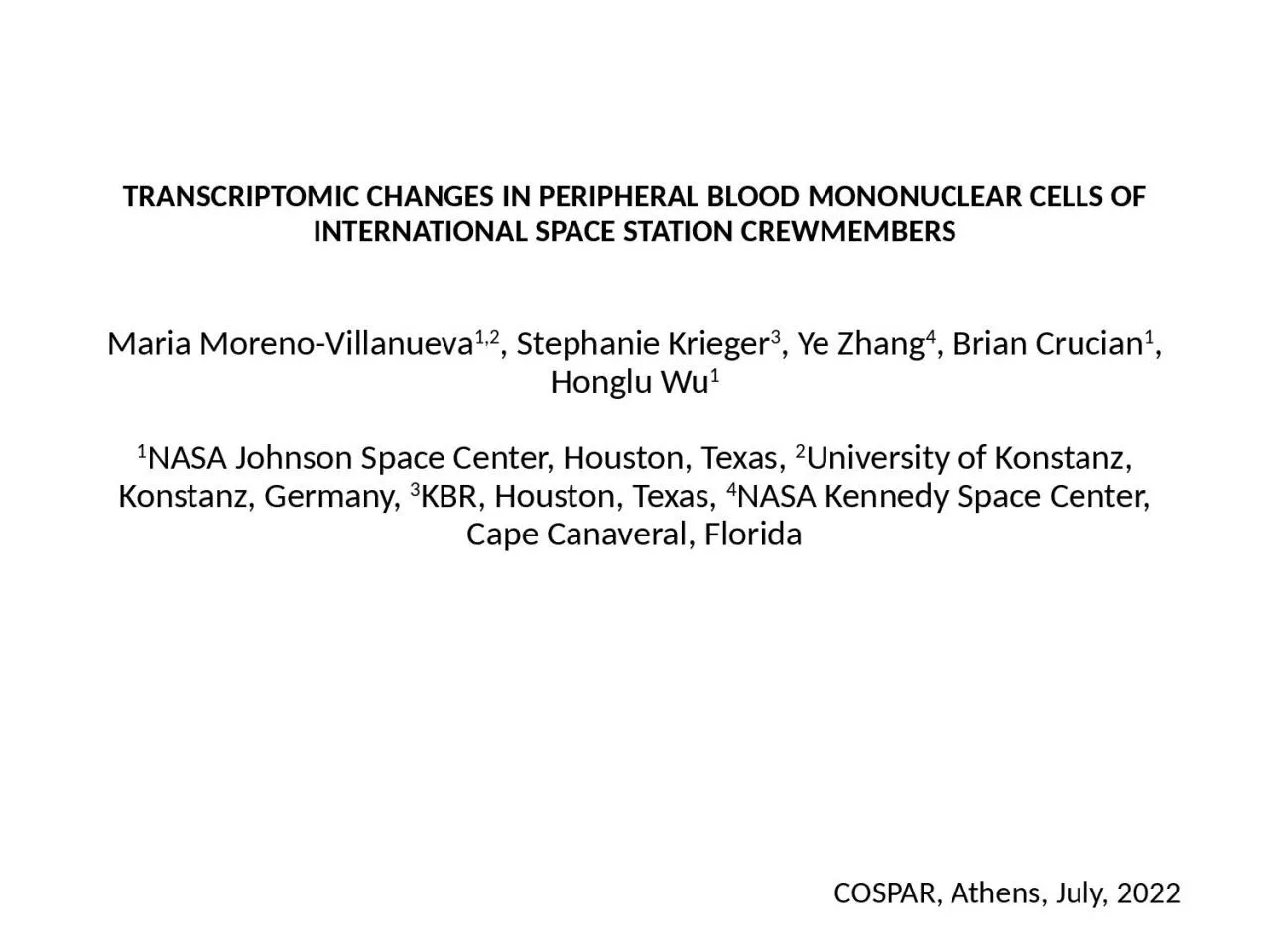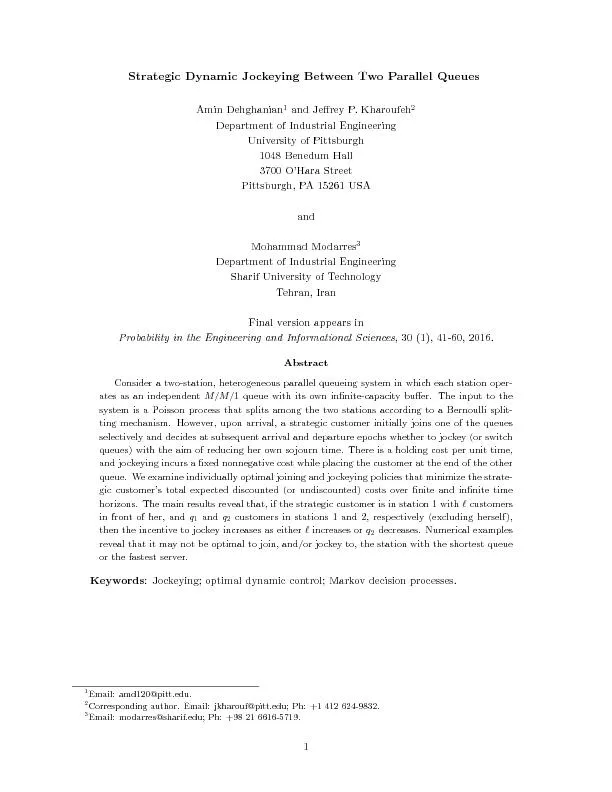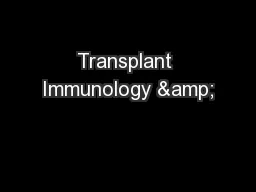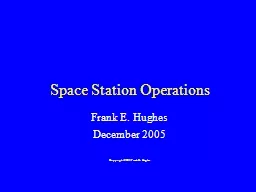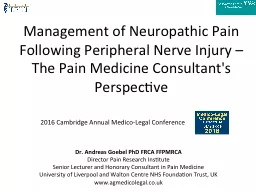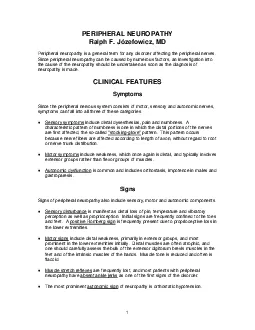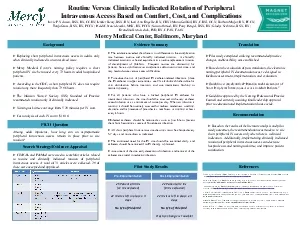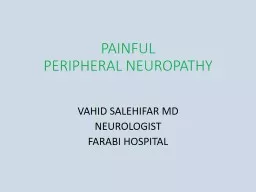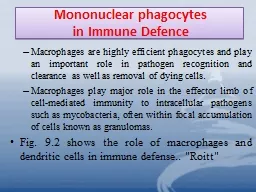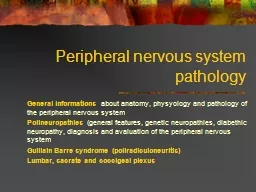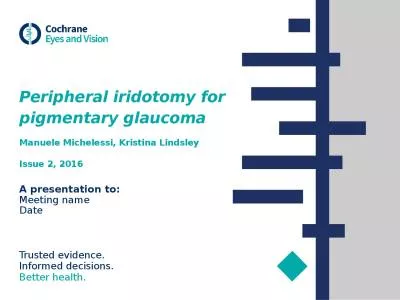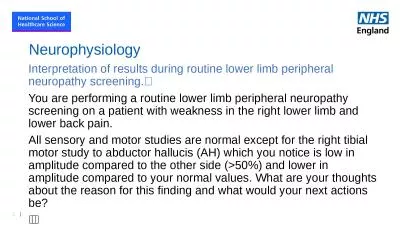PPT-TRANSCRIPTOMIC CHANGES IN PERIPHERAL BLOOD MONONUCLEAR CELLS OF INTERNATIONAL SPACE STATION
Author : linda | Published Date : 2024-02-09
Maria MorenoVillanueva 12 Stephanie Krieger 3 Ye Zhang 4 Brian Crucian 1 Honglu Wu 1 1 NASA Johnson Space Center Houston Texas 2 University of Konstanz
Presentation Embed Code
Download Presentation
Download Presentation The PPT/PDF document "TRANSCRIPTOMIC CHANGES IN PERIPHERAL BLO..." is the property of its rightful owner. Permission is granted to download and print the materials on this website for personal, non-commercial use only, and to display it on your personal computer provided you do not modify the materials and that you retain all copyright notices contained in the materials. By downloading content from our website, you accept the terms of this agreement.
TRANSCRIPTOMIC CHANGES IN PERIPHERAL BLOOD MONONUCLEAR CELLS OF INTERNATIONAL SPACE STATION: Transcript
Download Rules Of Document
"TRANSCRIPTOMIC CHANGES IN PERIPHERAL BLOOD MONONUCLEAR CELLS OF INTERNATIONAL SPACE STATION"The content belongs to its owner. You may download and print it for personal use, without modification, and keep all copyright notices. By downloading, you agree to these terms.
Related Documents

